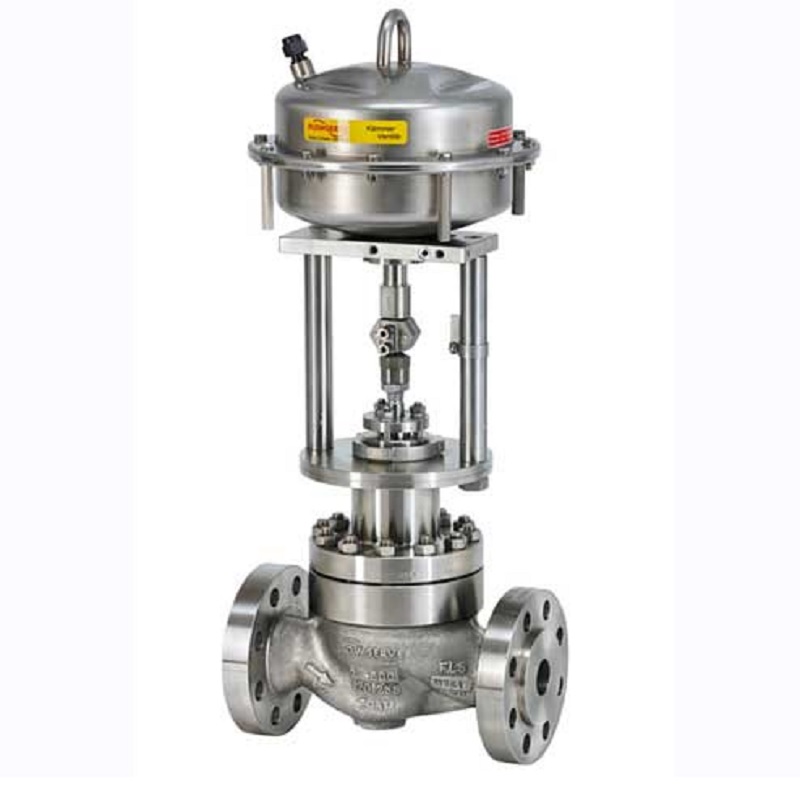Enhancing Functional Efficiency with Advanced Control Valves
Enhancing Functional Efficiency with Advanced Control Valves
Blog Article
Achieve Seamless Assimilation and Control With Top Quality Building Automation Controls
In the realm of contemporary building administration, the value of quality structure automation controls can not be overstated. Embracing high quality structure automation controls is not just an issue of ease but a calculated vital for companies intending to maximize their centers' efficiency and sustainability.

Advancement of Structure Automation Controls
Throughout the past few years, the development of building automation controls has dramatically changed the method structures are taken care of and operated. At first, building automation systems mostly concentrated on standard features such as managing air, heating, and ventilation conditioning (HVAC) systems. However, as technology progressed, these controls have become extra innovative, enabling a larger variety of structure systems to be integrated and managed centrally.
The advancement of constructing automation controls has seen a shift towards even more smart systems that can adapt to transforming problems in real-time. This versatility is vital for optimizing power performance and guaranteeing resident convenience. Additionally, modern building automation controls currently offer functions such as anticipating upkeep, remote tracking, and information analytics, allowing center supervisors to make data-driven decisions to improve building efficiency.

Benefits of Top Quality Integration
The advancement in building automation manages in the direction of more smart systems has emphasized the considerable benefits of high quality integration in optimizing building procedures and boosting overall efficiency. This centralized control likewise supplies much better exposure and understandings right into structure efficiency, making it possible for proactive maintenance and optimization approaches. Overall, the benefits of quality combination in building automation controls are indisputable, supplying increased efficiency, comfort, and operational efficiency.
Boosted Individual Experience and Access
Enhancing user interaction with structure automation manages with instinctive style and improved accessibility elevates the general experience for occupants and center supervisors alike. By focusing on customer experience, building automation systems can end up being a lot more user-friendly and reliable. User-friendly interfaces, clear navigation, and personalized setups equip users to connect with the controls conveniently and properly.
Access functions play a vital function in ensuring that all people, including those with disabilities, can make use of the building automation controls easily. Including functions such as voice commands, tactile switches, and color-contrasted screens can enhance availability and make the controls much more comprehensive.
Furthermore, improved customer experience results in higher user fulfillment, boosted efficiency, and better decision-making. Passengers can readjust environmental setups according to their preferences, while facility supervisors can efficiently handle and monitor building systems - control valves. In general, prioritizing customer experience and availability in structure automation regulates adds to a more efficient and smooth structure environment for all stakeholders included
Lasting Practices Through Automation

Additionally, automation can promote the assimilation of sustainable power resources such as solar panels or wind generators into structure procedures. By instantly adjusting energy usage based on the availability of renewable resource, structures can further lower their dependence on non-renewable sources. This smooth assimilation of lasting official source methods not just benefits the atmosphere however also improves the total functional efficiency and cost-effectiveness of the building. With automation, structures can line up with modern sustainability objectives and add to a greener future.
Future Trends in Structure Control Systems
One popular pattern shaping the future of building control systems is the increased assimilation of Artificial Intelligence (AI) and maker discovering. Furthermore, the Internet of Things (IoT) is transforming building control systems by connecting devices and sensing units to enhance and streamline operations effectiveness.
Another essential trend is the focus on cybersecurity procedures to protect versus possible risks to building automation systems. As structures become much more interconnected, making certain robust cybersecurity procedures will certainly be necessary to protect sensitive information and stop unapproved accessibility.
Additionally, the change towards cloud-based systems is gaining energy, enabling for streamlined control and remote access to structure systems. This facilitates simpler monitoring, upkeep, and updates, enhancing the total efficiency and versatility of structure control systems. As innovation proceeds to breakthrough, these patterns are anticipated to shape the future landscape of structure automation controls, driving development and sustainability in the constructed atmosphere.
Final Thought
To conclude, constructing automation controls have progressed substantially, supplying countless advantages such as enhanced user experience, accessibility, and sustainable practices. Quality integration plays an essential role in accomplishing seamless control and reliable procedure of structure systems. Future fads in building control systems are most likely to concentrate on additional improving automation capabilities for boosted power Web Site efficiency and general efficiency. It is vital for structure proprietors and drivers to prioritize the fostering of top quality structure automation controls to enhance structure procedures and achieve long-term sustainability goals.
In the world of modern structure monitoring, the significance of high quality building automation controls can not be overemphasized. Overall, the advancement of structure automation regulates continues to drive development in the building management sector, using brand-new possibilities for creating smarter and more lasting structures.
The innovation in structure automation manages in the direction of even more smart systems has actually highlighted the substantial benefits of top quality assimilation in enhancing structure operations and improving general efficiency. Generally, prioritizing user experience and ease of access in building automation regulates contributes to a more effective and seamless building atmosphere for all stakeholders entailed.
It is necessary for structure proprietors and operators to helpful site focus on the fostering of top quality building automation manages to enhance structure operations and accomplish long-term sustainability goals. - control valves
Report this page